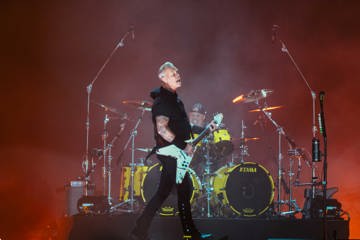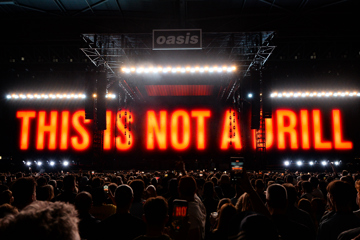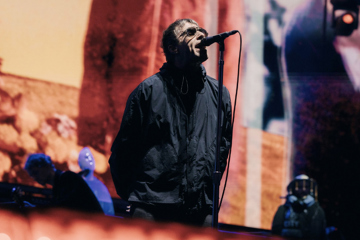New Breed (Sydney Dance Company)
Four perspectives on modern dance that toy with the audience's expectations on what a performance will offer.

Sydney Dance Company's New Breed production at Carriageworks offered four perspectives on modern dance that toy with the audience's expectations on what a performance will offer.
The four acts were stripped to bare bones, minimal expenditure on costumes and production values, instead relying on sound effects, lighting and the dancer's own intensity.
The first act, Jesse Scales' What You See opened to a darkened stage and a rainy day soundtrack, into which three dancers emerged to explore themes of loss, isolation and loneliness. The dancers were clearly emotionally invested in the music and the performance, as the choreography grew intense and frenetic interspersing some elements from the dance canon with new forms and shapes.
Don't miss a beat with our FREE daily newsletter
Richard Cilli's Hinterland featured a nine-strong ensemble that leaned more toward dance theatre than a classical vernacular. The dancers themselves provided the soundtrack for their movements with vocal sound effects, claps, and even farty raspberries blown on their arms. And then it got even weirder with a discussion of Titanic, now 20 years young, and the motivations of the film's principal characters.
Arianne Ogle's Of Dust leveraged sinuous energy that pushed and pulled against control and free formation as the five dancers parted and came together, parted and came together. The lighting design in this set was more dynamic, and served to ratchet up the tension as the long performance climbed, and then slumped to its close with the dancers clustered together, peering out at the audience, reminiscent of bunnies in headlights, although what might have once been conceived as a dramatic pause, wound up feeling like a lengthy self-indulgence.
The final work, Shian Law's Epic Theatre, challenged the boundaries of performance and the fourth wall. The audience was herded through a different entrance and found itself on the stage floor as casually dressed dancers unleashed frenetic bursts of movement and energy, while the extras formed a human wall blocking the punters return to their seats and - perspective dependent - later acting as a human metronome-cum-conveyor belt.
Law appears on stage in the final moments to inform us "that one group of people is looking at another group of people". Can't argue with that.







